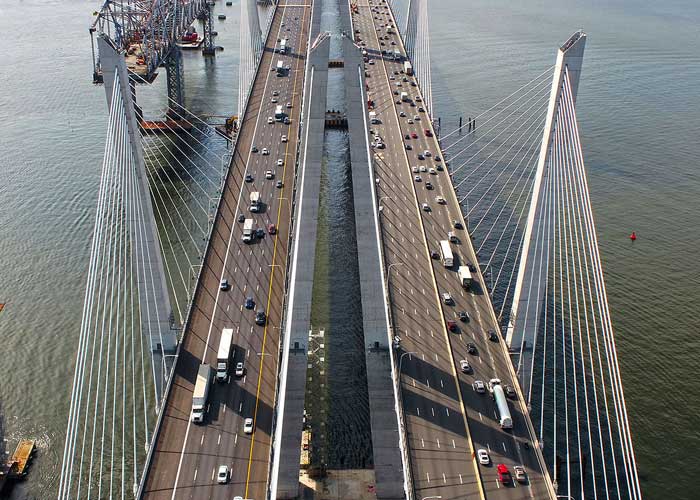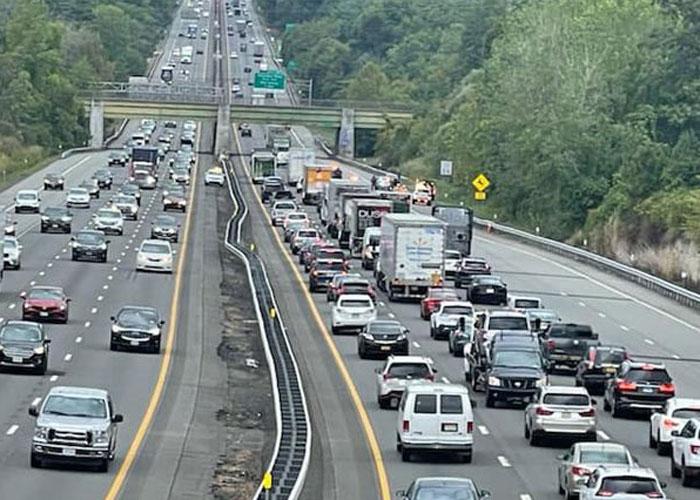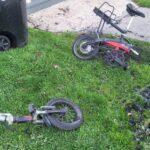
ALBANY – State Comptroller Thomas DiNapoli Friday urged the Thruway Authority to improve operations and maximize non-toll revenues before implementing its proposed multi-year schedule of systemwide toll increases beginning in 2024.
“The Thruway Authority’s toll increase proposal comes at a time of extraordinary challenges for New Yorkers who are faced with rising costs for everything from food to shelter to gas,” said the comptroller. “The Thruway should be more transparent with the public and disclose critical information and identify and put in place all possible cost-savings and alterative revenue actions to minimize costs to drivers. Raising tolls should be the last options, and the Thruway has more work to do.”
The authority’s proposal calls for higher toll rates to take effect on January 1, 2024, and again on January 1, 2027, for the highway system and barriers, and annually over four years beginning in in 2024 for the Governor Cuomo Tappan Zee Bridge.
It also expands the rate differential between New York-issued E-ZPass users and all others.
The toll increases are expected to grow toll revenue by 28.4 percent or $1.9 billion, through 2031.
The last toll hikes occurred in January 2021, when tolls were raised on the Cuomo TZ Bridge, those paying through the mail and drivers from out-of-state, and again in January 2022 for the bridge.
DiNapoli’s report said the Thruway’s finances and operations have been influenced by five key factors over the last decade – implementation of cashless tolling and problems with tolls by mail; sharp declines in traffic and toll revenues due to the pandemic; construction of the new TZ Bridge; debt management practices; and shifting financial obligations.
The comptroller urged that before any tolls are hiked, the Thruway address concerns to – resolve systemwide cashless tolling and toll by mail issues; perform a comprehensive assessment of operating needs and expenses to identify costs that may no longer be necessary; maximize non-toll revenue sources, including federal funding as well as revenue streams that could be generated from its assets and infrastructure; and disclose capital needs assessment to justify cost projections.








